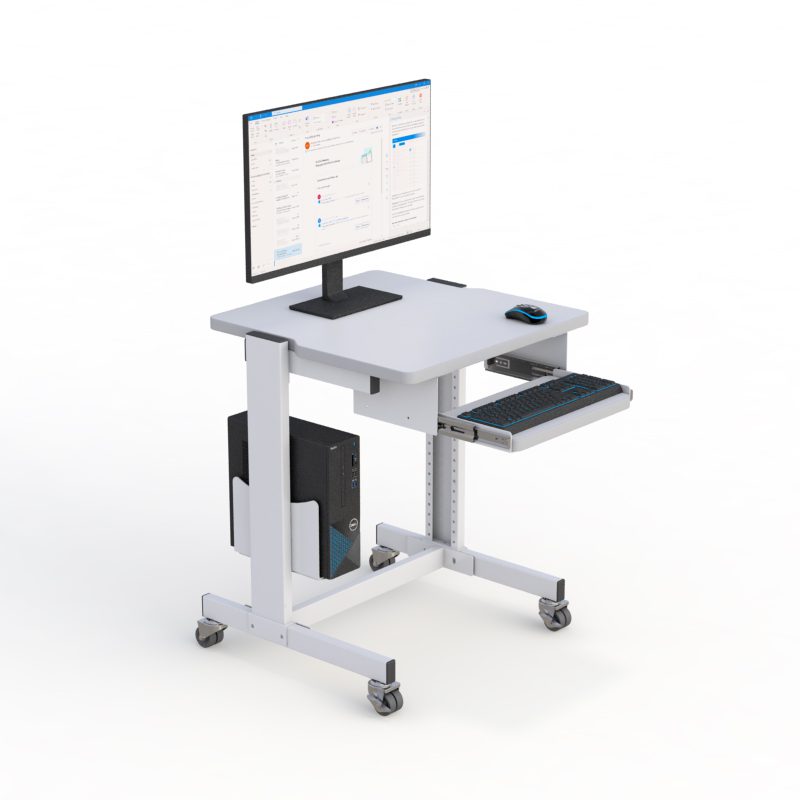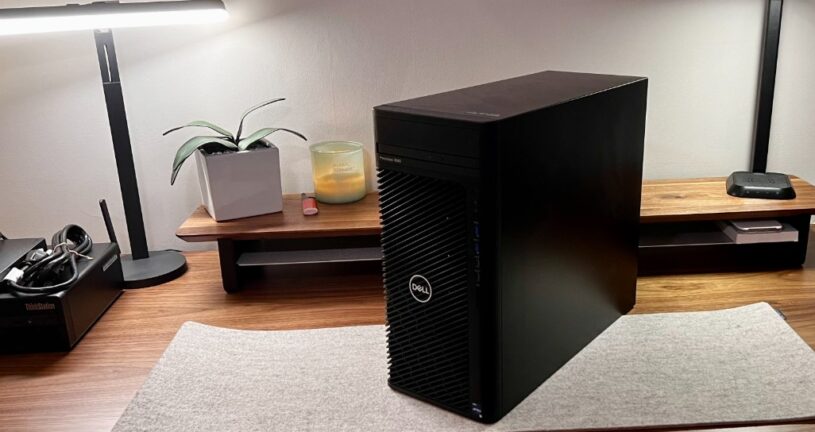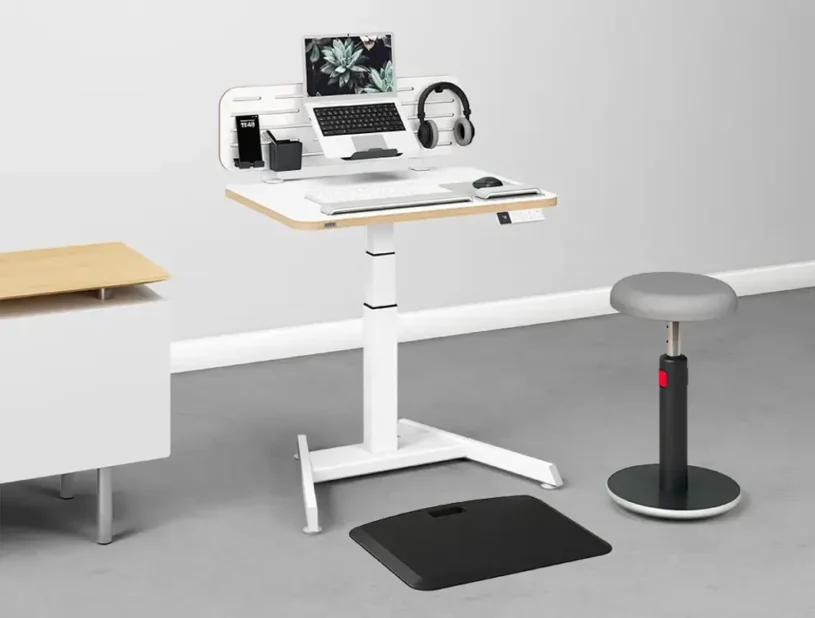
Choosing the right workstation in 2025 is no longer just a matter of picking the fastest processor or the most powerful graphics card. The form factor itself has become a major decision point, and the debate between compact workstations and full tower systems is more relevant than ever.
With advances in thermal engineering, component efficiency, and modular design, both options now offer compelling advantages depending on how you work and where your workstation will live.
As EuroPC has highlighted in its coverage of the latest workstation trends, the industry is evolving in ways that make this comparison essential for professionals across fields such as engineering, content creation, AI modelling, architecture, and data science.
Compact workstations have seen a dramatic rise in popularity because they fit seamlessly into modern workspaces. As more professionals work from home or shift between remote and hybrid environments, desk space has become a valuable resource. A compact form factor allows users to maintain strong performance without overwhelming their setup.

These small systems can tuck under a monitor, blend into minimalist office styles, and reduce cable clutter. For many users, the appeal begins with convenience, but the performance potential of compact systems has grown to a level that makes them suitable for serious workloads. Modern components generate less heat and consume less power than their predecessors, allowing small chassis designs to support processors and GPUs that were once reserved only for large towers.
This means a compact workstation can handle demanding tasks such as video editing, CAD work, code compilation or data visualisation without compromising the workflow.
However, the limitations of compact designs become clearer when long-term planning enters the picture. Workflows evolve, applications become more demanding and expectations grow with each new software update.
A compact system offers fewer upgrade paths, and once its internal layout is filled, expansion often means replacement rather than enhancement. Professionals planning for heavy AI workloads, large simulation projects or multi-GPU rendering will quickly find that a small chassis struggles to support the necessary hardware due to restricted airflow and limited power delivery. This is where tower workstations truly shine.
Tower workstations remain the powerhouse choice for users who value both raw performance and long-term flexibility. Their larger frames support superior thermal management, which becomes increasingly important when running multi-core processors and high-wattage GPUs under sustained load.

Tasks such as 3D rendering, complex engineering simulations, scientific processing and virtualisation require consistent thermal control to avoid throttling, and tower workstations offer the breathing room needed to maintain peak output.
Expansion slots, multiple drive bays and generous power supply options make towers ideal for professionals who frequently modify their systems or anticipate upgrades over several years. A tower system can grow with the user, adapting to new workloads rather than being replaced by them.
Beyond performance and upgradability, tower workstations also provide a sense of reliability and endurance. Their internal components are spaced comfortably, improving airflow and reducing strain on fans and other cooling mechanisms.
This longevity makes them particularly attractive to studios, agencies, and engineering teams that depend on constant uptime. Even if a component fails or needs to be swapped, the internal layout of a tower makes maintenance simpler and faster compared to the tighter architecture of compact units. For many businesses, this ease of service translates directly into reduced downtime and increased productivity.
On the other hand, the size and weight of tower workstations can be a drawback for users who value portability or need their workspace to remain flexible. In apartments, shared spaces, or hot-desk environments, a tower can feel cumbersome. For freelancers or contractors who move between locations, carrying or transporting a tower is rarely practical.

Compact workstations, by contrast, shine in environments where mobility and simplicity are priorities. Even though they may not match the long-term expansion capabilities of a tower, they excel in portability and adaptability, making them ideal for professionals with fluid working patterns.
Another element that separates the two form factors is noise. Larger towers tend to distribute airflow more efficiently, spreading thermal loads across multiple fans working at lower speeds. This can result in quieter operation during intense workloads.
Compact systems, with less internal volume, often rely on smaller fans that work harder and faster to maintain temperatures, especially when under sustained heavy usage. For audio professionals, podcasters, or anyone working in quiet settings, the acoustic differences may play a major role in the decision-making process.
The cost difference between compact and tower workstations can also influence the choice. Compact systems often cost more for equivalent performance because of the engineering required to fit powerful components into a smaller footprint. Tower workstations, while physically larger, can often deliver better performance per pound spent and provide more value over time due to their upgrade potential. Professionals working with tight budgets or planning multi-year workstation strategies may find towers more economical in the long run.

To conclude, choosing between a compact workstation and a tower system comes down to understanding the type of work you do today and the work you expect to do tomorrow. If your tasks involve 3D modelling, high-resolution video editing, simulation, AI development, or multiple concurrent applications, a tower workstation offers the space, power, and stability necessary to excel. Its expandability ensures the investment remains relevant for years.
If your work focuses on coding, design, office productivity, data analysis, or light creative work, and you value clean desk aesthetics and ease of movement, a compact workstation may provide everything you need while keeping your workspace streamlined.
Both compact and tower workstations have their strengths, and neither is universally better than the other. They simply serve different types of users and different types of workflows. What matters most is choosing a system that aligns with your working environment, your performance expectations, and your future needs. As workstation hardware continues to evolve, professionals can expect even more powerful options in both categories, making 2025 an ideal year to evaluate what truly matters in your next machine.
